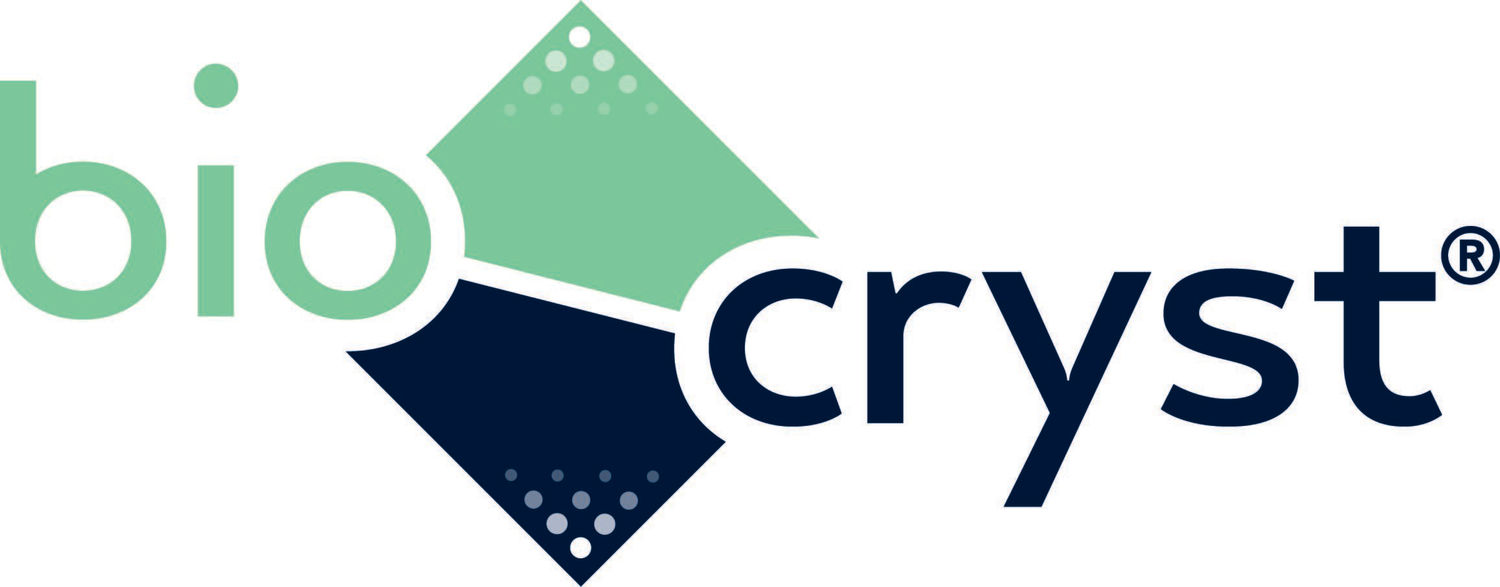Request Demo
Last update 08 May 2025
KLKB1 x Plasmin x Serine protease
Last update 08 May 2025
Basic Info
Related Targets |
Related
1
Drugs associated with KLKB1 x Plasmin x Serine proteaseMechanism KLKB1 inhibitors [+2] |
Active Org.- |
Originator Org. |
Active Indication- |
Inactive Indication |
Drug Highest PhaseDiscontinued |
First Approval Ctry. / Loc.- |
First Approval Date20 Jan 1800 |
100 Clinical Results associated with KLKB1 x Plasmin x Serine protease
Login to view more data
100 Translational Medicine associated with KLKB1 x Plasmin x Serine protease
Login to view more data
0 Patents (Medical) associated with KLKB1 x Plasmin x Serine protease
Login to view more data
245
Literatures (Medical) associated with KLKB1 x Plasmin x Serine protease02 Dec 2024·ChemMedChem
Macrocyclic Inhibitors Targeting the Prime Site of the Fibrinolytic Serine Protease Plasmin
Article
Author: Wiedemeyer, Simon J. A. ; Law, Ruby H. P. ; Lang‐Henkel, Heike ; Steinmetzer, Torsten ; Wu, Guojie ; Whisstock, James C
15 Feb 2024·Blood
A mechanism for hereditary angioedema caused by a methionine-379–to–lysine substitution in kininogens
Article
Author: Sun, Mao-fu ; Gailani, David ; Dickeson, S. Kent ; He, Tracey Z. ; Kumar, Sunil ; Feener, Edward P. ; Roberts, Elijah T. ; Litvak, Maxim ; Phillips, Dennis R. ; Law, Ruby H. P.
01 Sep 2023·The American Journal of Pathology
Increased Matrix Metalloproteinase-1 Activation Enhances Disruption and Regression of k-RasV12–Expressing Arteriovenous Malformation-Like Vessels
Article
Author: Yrigoin, Ksenia ; Davis, George E ; Lin, Prisca K ; Kemp, Scott S ; Sun, Zheying
Analysis
Perform a panoramic analysis of this field.
login
or

AI Agents Built for Biopharma Breakthroughs
Accelerate discovery. Empower decisions. Transform outcomes.
Get started for free today!
Accelerate Strategic R&D decision making with Synapse, PatSnap’s AI-powered Connected Innovation Intelligence Platform Built for Life Sciences Professionals.
Start your data trial now!
Synapse data is also accessible to external entities via APIs or data packages. Empower better decisions with the latest in pharmaceutical intelligence.
Bio
Bio Sequences Search & Analysis
Sign up for free
Chemical
Chemical Structures Search & Analysis
Sign up for free
